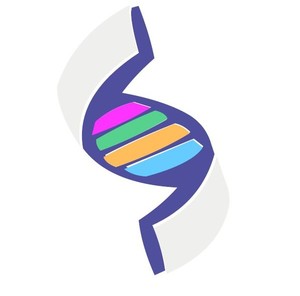The US Food and Drug Administration’s (FDA) Oncologic Drugs Advisory Committee (ODAC) announced in a Federal Register Notice on 7 June 2017 that it would be reviewing bevacizumab and trastuzumab biosimilars at its next meeting.
At its meeting, which is scheduled for 13 July 2017, ODAC will review data supporting the Biologics License Applications (BLAs) for both Amgen/Allergan’s bevacizumab biosimilar candidate, ABP 215, and Mylan’s trastuzumab biosimilar candidate, MYL–1401O.
Bevacizumab is a humanized monoclonal antibody. It inhibits angiogenesis (the formation of new blood vessels) by blocking the action of vascular endothelial growth factor A (VEGF-A). Bevacizumab can therefore slow the growth of new blood vessels in tumours and is used to treat various cancers, including colorectal, lung, breast, glioblastoma, kidney and ovarian.
Amgen/Allergan’s bevacizumab biosimilar candidate, ABP 215, is a candidate biosimilar for Roche’s Avastin (bevacizumab). ABP 215 will be reviewed for approval for treatment of carcinoma of the colon, colorectal cancer, non-squamous non-small cell lung cancer (NSCLC), glioblastoma, renal cell carcinoma and carcinoma of the cervix.
ODAC will review analytical, pharmacokinetic and clinical data from studies involving ABP 215, including results from a phase III study in patients with NSCLC. The phase III study met its primary endpoint showing clinical equivalence to bevacizumab. Safety and immunogenicity of ABP 215 were also comparable to bevacizumab.
Trastuzumab is a monoclonal antibody that interferes with the human epidermal growth factor receptor 2 (HER2)/neu receptor. In some cancers, notably certain types of breast cancer, HER2 is overexpressed, and causes cancer cells to reproduce uncontrollably. Trastuzumab is therefore used to treat certain breast cancers.
Mylan’s trastuzumab biosimilar candidate, MYL–1401O, is a candidate biosimilar for Roche’s Herceptin (trastuzumab). MYL–1401O will be reviewed for approval for treatment of breast cancer and gastric or gastroesophageal junction adenocarcinoma.
Both candidate biosimilar applications were submitted to FDA in November 2016 and FDA has set a target action date of 14 September 2017 for ABP 215.
Mylan, and its partner Biocon, also submitted an application for their proposed pegfilgrastim biosimilar (MYL-1401H) to FDA in February 2017 [1]. Amgen’s adalimumab biosimilar Amjevita (adalimumab-atto) was already approved by FDA in September 2016 [2].
Related articles
Biosimilars of trastuzumab
Biosimilars of bevacizumab
References
1. GaBI Online - Generics and Biosimilars Initiative. FDA accepts application for Mylan/Biocon’s pegfilgrastim biosimilar [www.gabionline.net]. Mol, Belgium: Pro Pharma Communications International; [cited 2017 Jun 9]. Available from: www.gabionline.net/Biosimilars/News/FDA-accepts-application-for-Mylan-Biocon-s-pegfilgrastim-biosimilar
2. GaBI Online - Generics and Biosimilars Initiative. FDA approval for Amgen’s adalimumab biosimilar [www.gabionline.net]. Mol, Belgium: Pro Pharma Communications International; [cited 2017 Jun 9]. Available from: www.gabionline.net/Biosimilars/News/FDA-approval-for-Amgen-s-adalimumab-biosimilar
Permission granted to reproduce for personal and non-commercial use only. All other reproduction, copy or reprinting of all or part of any ‘Content’ found on this website is strictly prohibited without the prior consent of the publisher. Contact the publisher to obtain permission before redistributing.
Copyright – Unless otherwise stated all contents of this website are © 2017 Pro Pharma Communications International. All Rights Reserved.
Source: Amgen, Federal Register








 0
0











Post your comment